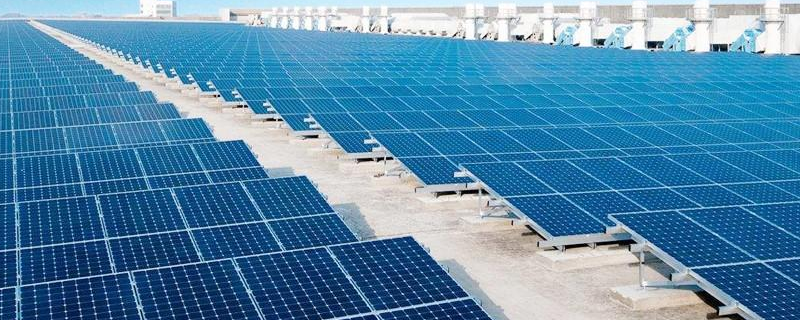

Understanding Soft Coat Low E Glass Benefits and Applications
In the quest for energy efficiency and comfort in modern building design, soft coat low emissivity (low E) glass has emerged as a vital material. This innovative glass type plays a crucial role in optimizing energy performance and enhancing indoor environments. This article delves into the composition, benefits, and applications of soft coat low E glass, providing insights into why it’s becoming a preferred choice for architects and builders alike.
What is Soft Coat Low E Glass?
Soft coat low E glass is a type of glazing that features a thin, metallic coating on its surface. This coating is deposited using a process called magnetron sputtering, which allows for the application of multiple microscopic layers of metal oxide. Unlike hard coat low E glass, which is coated during the glass manufacturing process at high temperatures, soft coat low E glass is treated post-production. This method results in a more effective coating, reflecting a significant amount of infrared radiation while still allowing visible light to pass through.
Benefits of Soft Coat Low E Glass
1. Energy Efficiency One of the most significant advantages of soft coat low E glass is its ability to minimize heat transfer. In winter, it reflects indoor warmth back into the building, helping to maintain a comfortable temperature and reducing heating costs. In summer, it reflects external heat away, lowering cooling expenses. This energy efficiency contributes to decreased reliance on HVAC systems, thus reducing energy consumption.
2. UV Protection The soft coat low E glass also blocks a significant portion of harmful ultraviolet (UV) rays. This is particularly beneficial for homes and commercial spaces with valuable furnishings, artwork, or merchandise that can fade or deteriorate over time due to UV exposure. By mitigating UV damage, property owners can extend the life of their interiors and maintain aesthetic appeal.
3. Glare Reduction Soft coat low E glass helps to control glare caused by direct sunlight. This makes it an ideal choice for buildings with large windows or glass facades. Reducing glare can improve the comfort of occupants and increase productivity in workspaces, providing a more pleasant environment for both living and working.
4. Enhanced Comfort By moderating temperature fluctuations and glare, soft coat low E glass contributes to an overall sense of comfort inside buildings. The consistency of indoor temperatures creates a more welcoming atmosphere, which is increasingly important in residential and commercial design.

5. Aesthetic Appeal With advancements in glass technology, soft coat low E glass can be manufactured to be both functional and visually appealing. Its clarity allows for unobstructed views, and the aesthetic options available can easily blend with various architectural styles.
Applications of Soft Coat Low E Glass
The versatility of soft coat low E glass permits its use in a multitude of applications. It is commonly employed in residential buildings, commercial spaces, and institutional facilities. Whether used in windows, sliding doors, or curtain walls, the glass contributes to the overall energy efficiency of the building while enhancing its aesthetic.
1. Residential Buildings Homeowners increasingly opt for soft coat low E glass to improve their energy efficiency. New home constructions or renovations benefit significantly from this glazing solution, providing both comfort and savings in utility bills.
2. Commercial Buildings In commercial settings, where large buildings may consume considerable amounts of energy, soft coat low E glass plays a critical role in achieving sustainability goals and reducing operating costs. The use of this glass is fundamental in green building certifications like LEED (Leadership in Energy and Environmental Design).
3. Institutional Facilities Schools, hospitals, and government buildings also utilize soft coat low E glass to provide a comfortable atmosphere for occupants while promoting energy efficiency. The ability to reduce glare and UV exposure is especially important in spaces where people spend extended periods.
Conclusion
Soft coat low E glass is more than just a glazing option; it is a technological advancement that supports energy efficiency, enhances comfort, and safeguards interiors from UV damage. As we continue to prioritize sustainability in building design, soft coat low E glass will undoubtedly remain at the forefront of modern architectural solutions. Its benefits make it an indispensable material in creating efficient, comfortable, and aesthetically pleasing spaces.